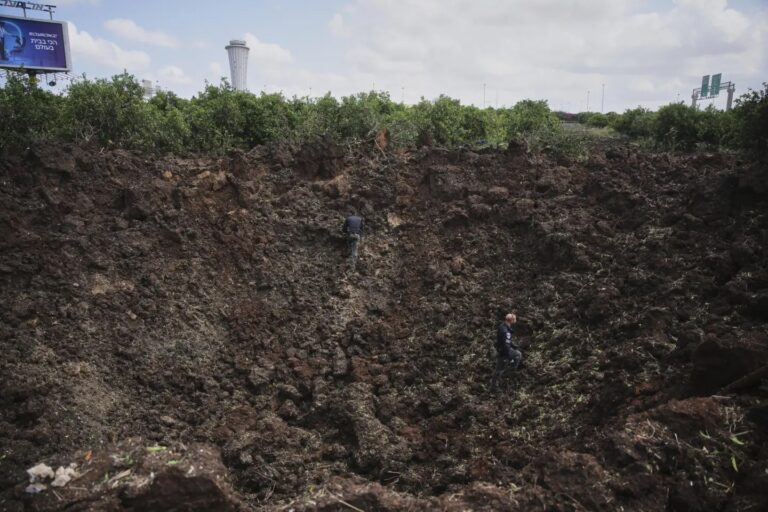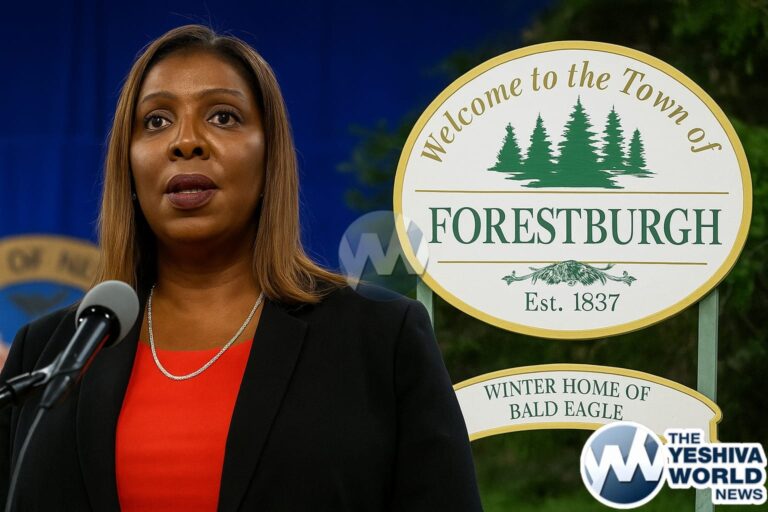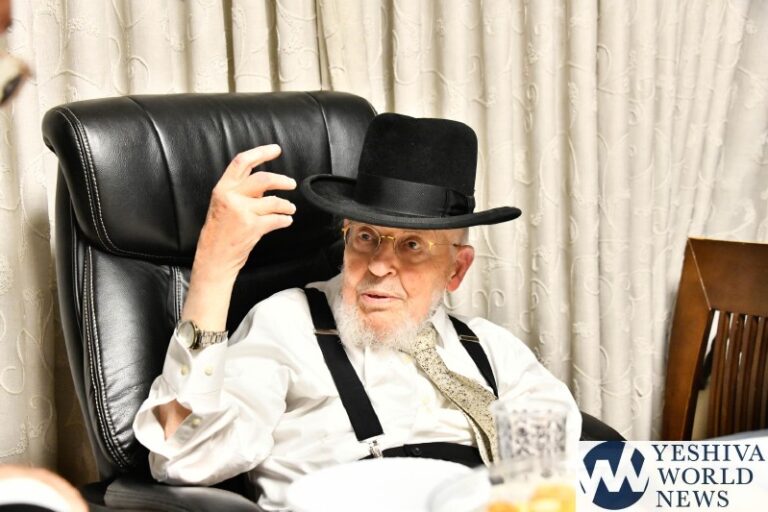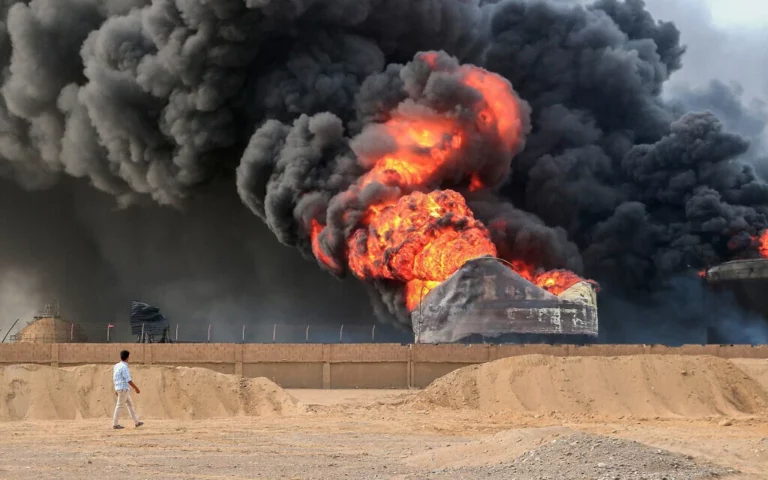 The Associated Press-NORC Center for Public Affairs Research study on community resiliency surveyed residents in 12 neighborhoods in New York and New Jersey that were damaged when Superstorm Sandy struck the region in 2012.
The Associated Press-NORC Center for Public Affairs Research study on community resiliency surveyed residents in 12 neighborhoods in New York and New Jersey that were damaged when Superstorm Sandy struck the region in 2012.
The survey found that residents in tight-knit communities feel that their neighborhoods were prepared for and could withstand disasters more so than those living in areas that are not as connected.
Other key findings:
—Nearly two years later, 72 percent of respondents said their neighborhood is mostly or completely recovered, compared with 22 percent who said their area is only partially back to what it once was and 5 percent who said it has barely recovered or not at all.
—Forty-six percent of those surveyed said they were extremely or very affected by Sandy, while 27 percent said the impact was moderate and another 27 percent said they were minimally personally affected.
—Of those who said they have partially recovered, 27 percent say it is because of personal finances, insurance or government assistance. An additional 26 percent said it was because property repairs are still ongoing or needed.
—Ninety percent of respondents said basic services such as utilities, clean water and sewers in their neighborhood are mostly or completely repaired. Seventy-eight percent said infrastructure is totally or mostly repaired and 76 percent said businesses in their neighborhood are mostly recovered.
—The storm took its toll on financial and personal well-being, with 28 percent saying they delayed a vacation, 23 percent put off saving for retirement or a child’s education and another 23 percent put off making a big purchase like a major appliance, car or house. Smaller numbers reported delaying college, retirement or getting married, starting a family or expanding their family.
—Twenty percent of those surveyed said they received federal assistance from the Federal Emergency Management Agency or the Small Business Administration to aid their recovery, 9 percent received rental assistance, 8 percent got transitional assistance to cover hotel or motel stays, 6 percent were given money for medical or transportation needs, 5 percent were given money or loans to help repair homes, another 5 percent got money or loans to replace personal property and 1 percent were given temporary housing, like a home or trailer.
The AP-NORC Center survey was conducted July 14 through September 9 among 1,009 residents of the 12 selected communities. It is designed to be representative of residents of those 12 communities and not the full area affected by Superstorm Sandy. Results have a margin of sampling error of plus or minus 4.3 percentage points.
(AP)










